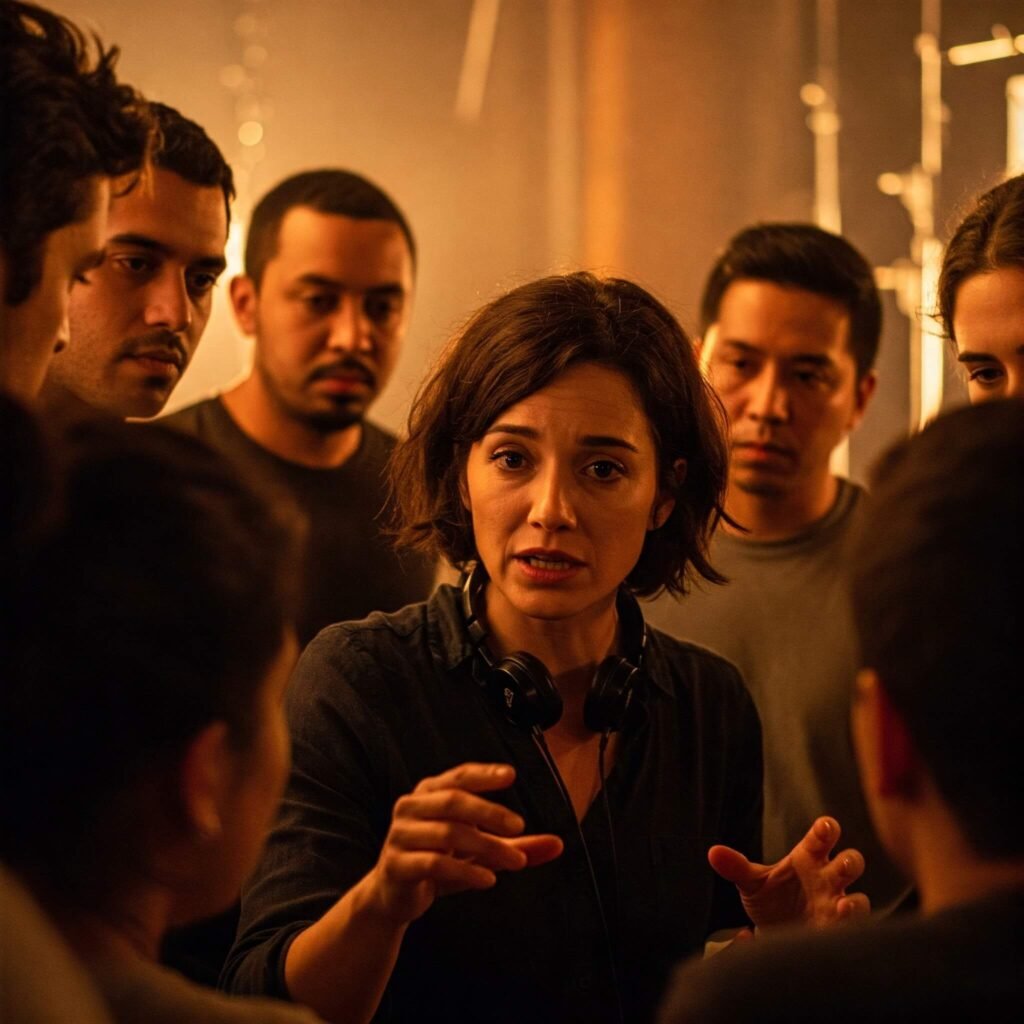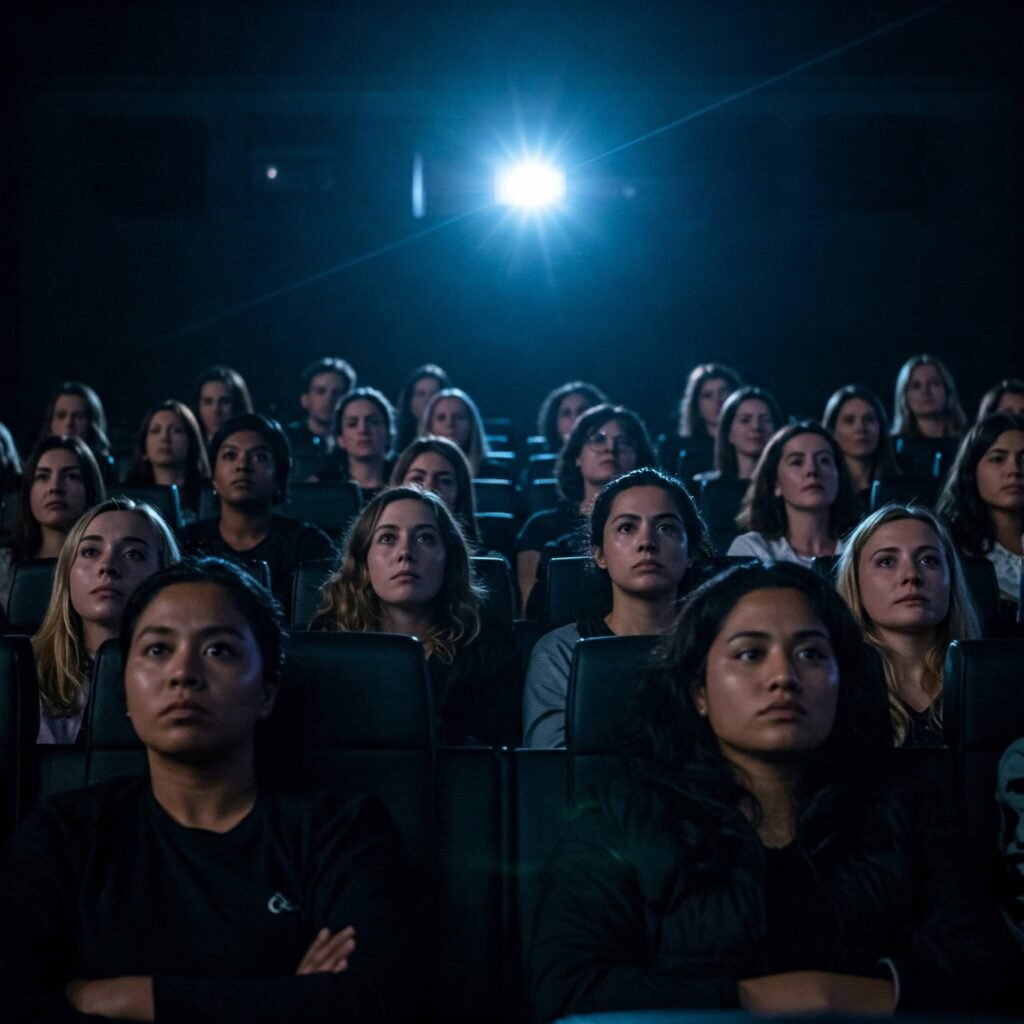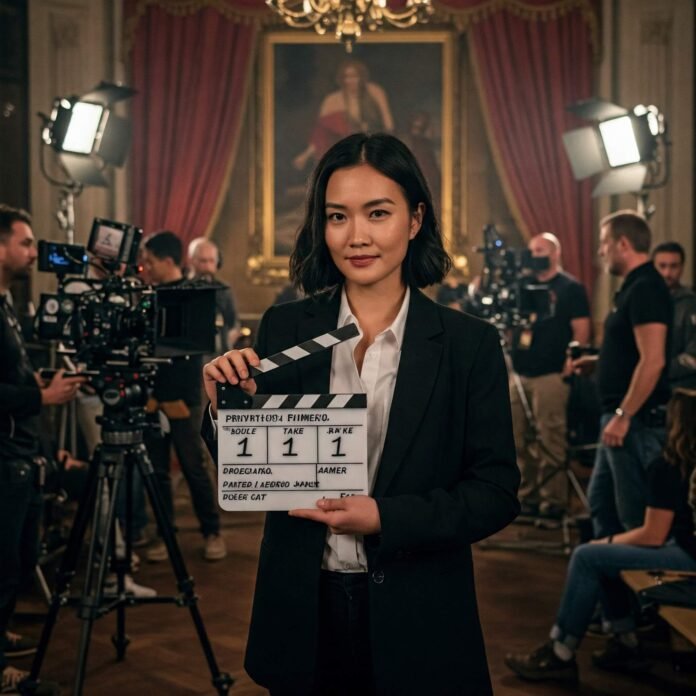Representation of women in film remains a pressing issue in an industry that shapes global culture and narratives. Despite some progress, women are still underrepresented both on-screen and behind the camera, perpetuating stereotypes and limiting diverse storytelling. Therefore, this blog explores why this gap persists, backed by data, real-world examples, and actionable insights to drive change.
The Current State of Women in Film
To begin with, the representation of women in film has improved slightly, but the numbers reveal a persistent gap. For instance, according to the 2023 Annenberg Inclusion Initiative, only 34% of speaking roles in top-grossing films were female, a figure that has barely shifted in decades. Moreover, behind the camera, the disparity is even more pronounced: just 12% of directors and 18% of writers for major films were women.
Consequently, this underrepresentation matters because films shape societal perceptions. When women are sidelined, audiences miss out on authentic, diverse stories, reinforcing outdated gender norms.

Why Representation of Women in Film Lags
Systemic Barriers in the Industry
Firstly, the film industry’s male-dominated structure is a major reason why representation of women in film lags. Specifically, studio executives and financiers, often male, tend to greenlight projects aligned with traditional perspectives, sidelining female-driven stories. For example, films like Barbie (2023), directed by Greta Gerwig, are rare successes, yet they remain exceptions rather than the norm.
- Limited Funding: In fact, female-led projects receive less financial backing. A 2022 study found that women-directed films get 30% less funding on average.
- Hiring Bias: Additionally, women are less likely to be hired for high-profile roles like cinematographer or composer, where male networks dominate.
Cultural Stereotypes and Audience Expectations
Secondly, cultural biases shape which stories get told. As a result, audiences, conditioned by decades of male-centric films, may unconsciously favor familiar narratives. Consequently, studios, aiming to minimize risk, prioritize franchises like superhero films, which often feature male leads. Thus, this cycle stifles representation of women in cinema.
For instance, while Wonder Woman (2017) broke ground, female-led superhero films remain scarce. Furthermore, stereotypes often limit women to roles like “love interest” or “supporting character,” reducing their narrative impact.

Lack of Mentorship and Pipeline Programs
Lastly, the lack of mentorship for aspiring women filmmakers perpetuates the Hollywood gender gap. Without access to networks or training, women struggle to break into directing, producing, or technical roles. However, initiatives like ReFrame aim to address this, although systemic change remains slow.
The Impact of Underrepresentation
Underrepresentation of women in film has significant consequences:
- Limited Perspectives: Firstly, stories lack the nuance that female voices bring, reducing authenticity.
- Reinforced Stereotypes: Moreover, women are often portrayed in narrow roles, shaping harmful societal views.
- Economic Loss: Finally, female-led films like Everything Everywhere All At Once (2022) prove profitability, yet studios undervalue their potential.

Solutions to Improve Representation of Women in Film
Support Female Filmmakers
To address this issue, investing in women filmmakers is essential. Specifically, studios and streaming platforms should:
- Fund more female-directed projects.
- Create mentorship programs for emerging talent.
- Promote women to decision-making roles in studios.
For example, Netflix’s Fund for Creative Equity supports underrepresented creators, including women, fostering greater representation.
Amplify Female-Led Stories
Furthermore, audiences can drive change by supporting films with strong female representation. Therefore, seek out movies like The Woman King (2022) or Promising Young Woman (2020), which challenge norms and showcase women’s complexity.
Advocate for Policy Changes
Finally, industry-wide policies can close the Hollywood gender gap. As such, support organizations like Time’s Up that push for equitable hiring and accountability.
Takeaways for a More Inclusive Film Industry
To summarize, here are actionable steps for a more inclusive film industry:
- For Audiences: Actively watch and promote female-led films to signal demand.
- For Filmmakers: Seek mentorship and collaborate with diverse teams.
- For Studios: Prioritize funding and hiring women to diversify narratives.
In conclusion, by addressing systemic barriers and amplifying women’s voices, the film industry can move toward true gender equality in representation of women in film.
Outbound links:



































